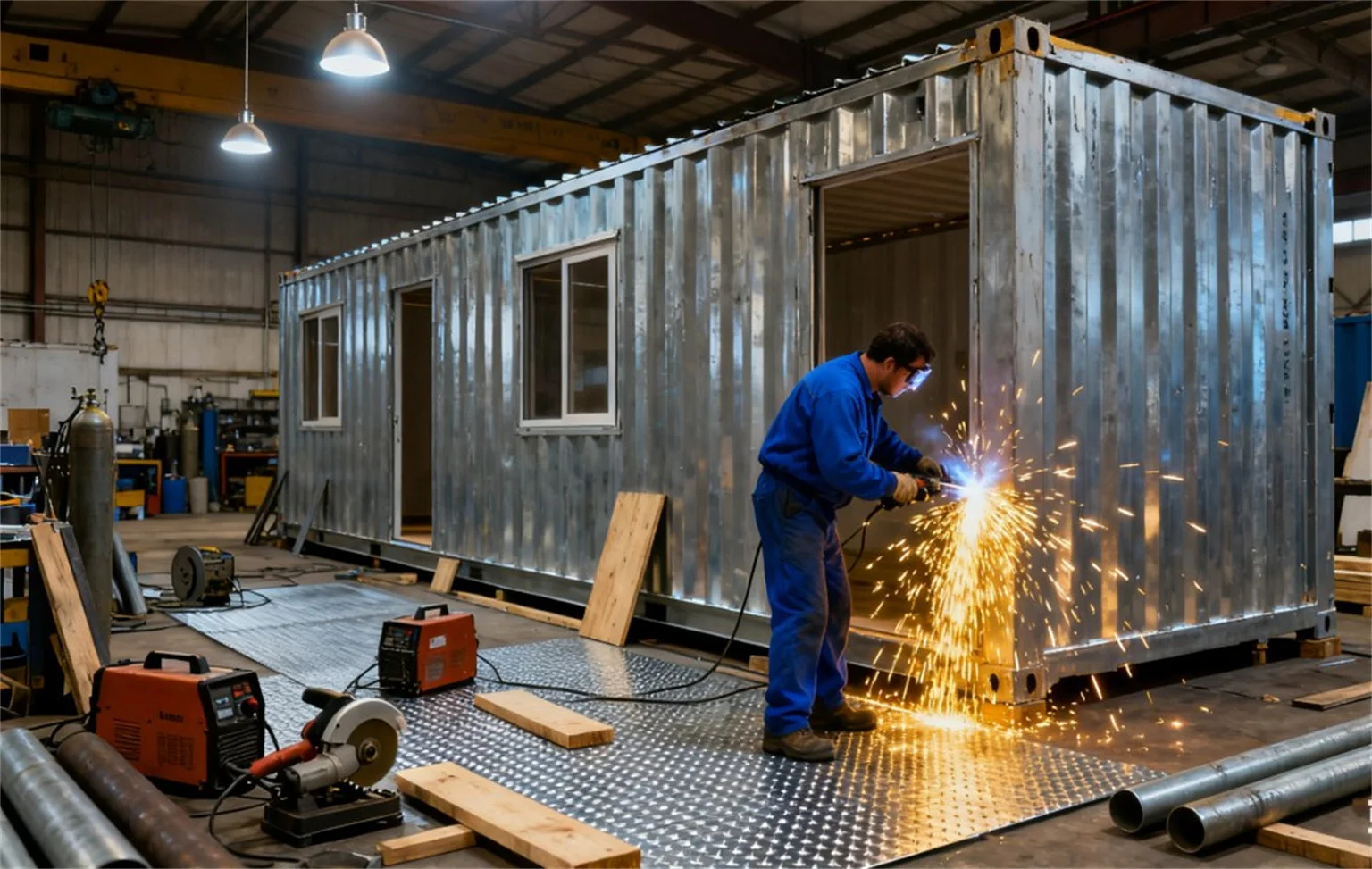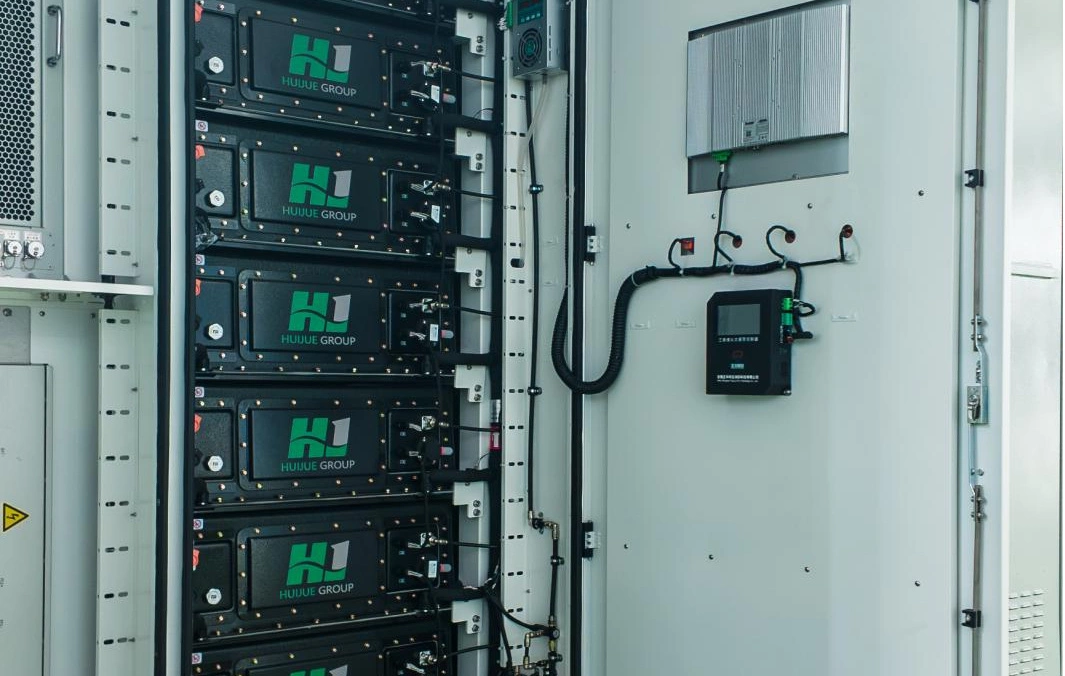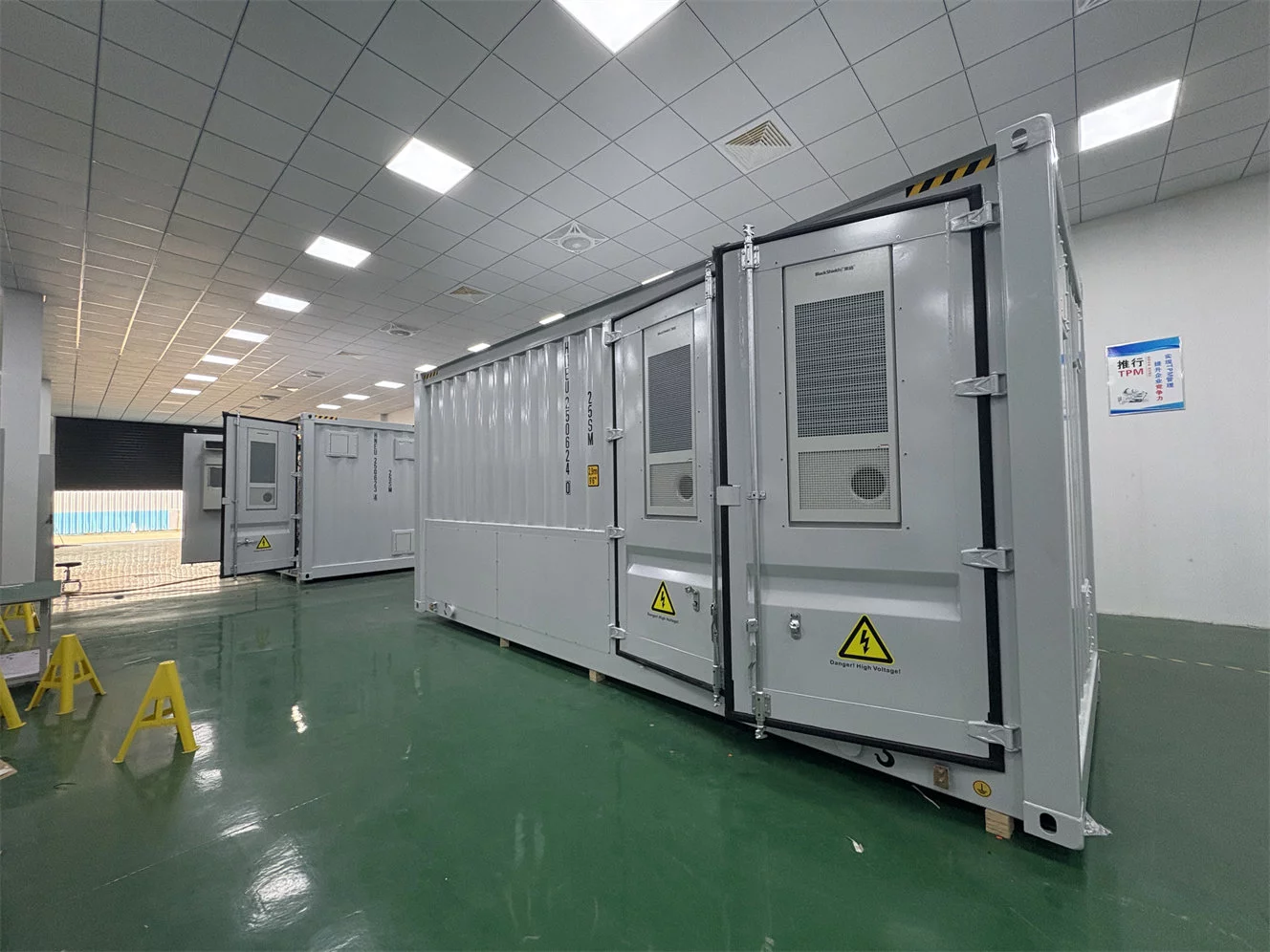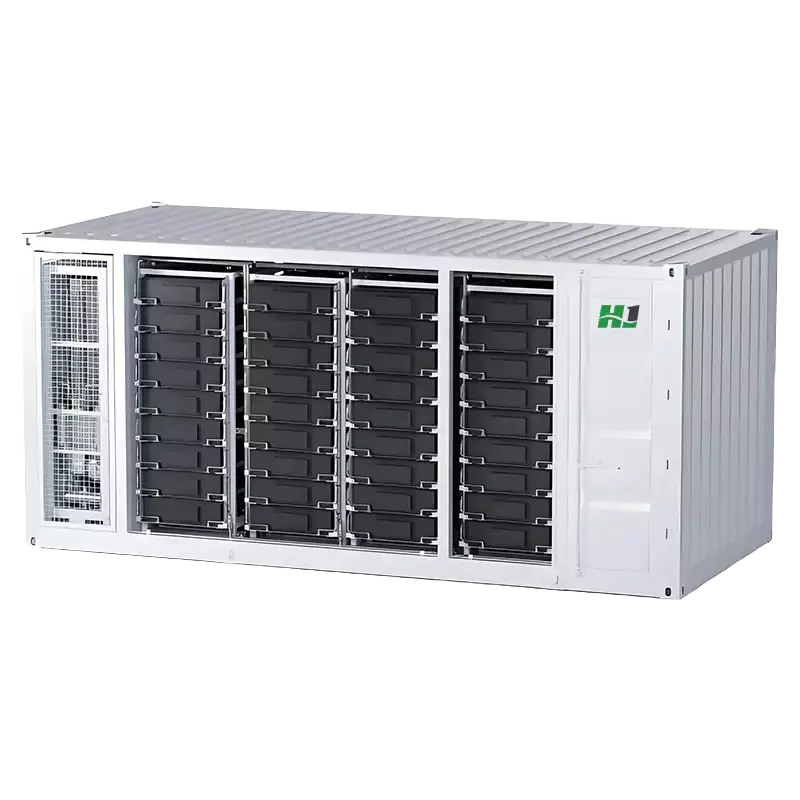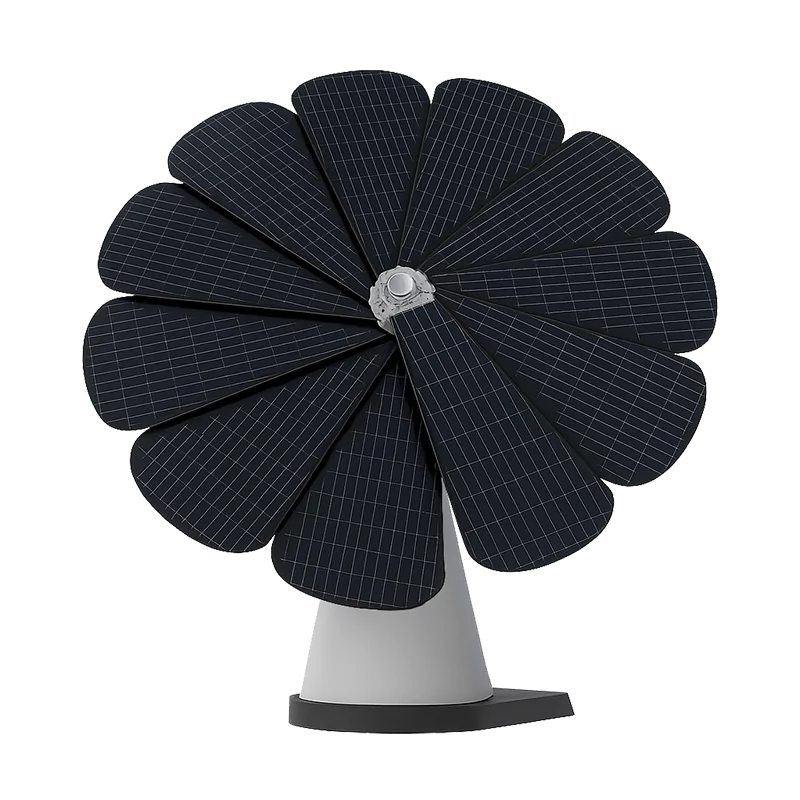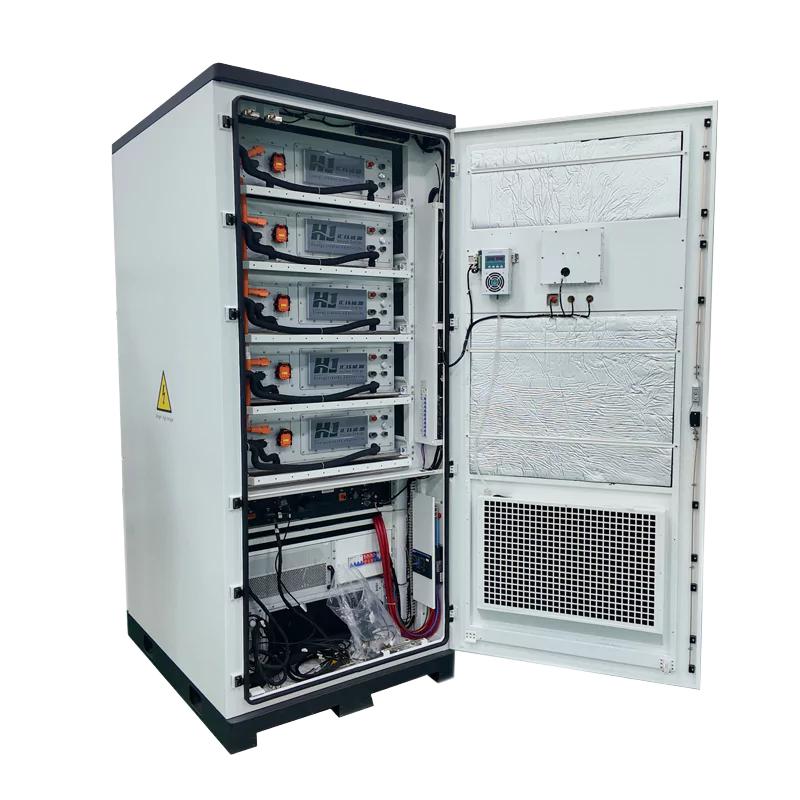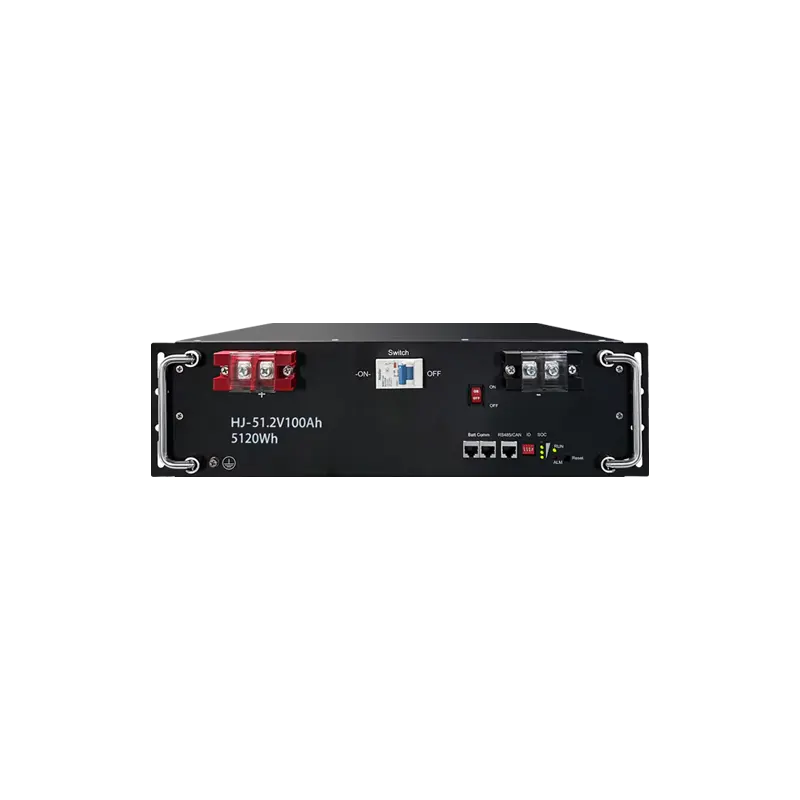LEED-Certified CCHP Systems: How Chicago Buildings Slash Carbon Footprints
In recent years, international interest in promoting sustainable development and lowering carbon footprints has grown. In this context, Chicago CCHP buildings have become a key solution. CCHP systems generate electricity, heat, and cooling from a single gas source, significantly enhancing energy efficiency and decreasing greenhouse gas emissions. Furthermore, LEED (Leadership in Energy and Environmental Design) certification has become a widely recognized standard for assessing building sustainability. This article will delve into how Chicago CCHP buildings integrate carbon footprint reduction within the LEED framework.

Technology Selection and Efficiency of Chicago CCHP Buildings
CCHP Technology Types
CCHP systems in Chicago industrial structures can make use of a range of technologies, such as gas turbines, reciprocating engines, small gas turbines, and fuel cells. The preference of equipment commonly relies on the building’s electricity needs:
Gas turbines: Suitable for large-scale commercial buildings, they supply environmentally friendly electrical energy generation and make use of waste heat for heating and cooling.
Reciprocating engines: Suitable for relatively small buildings, they provide high efficiency at part-load operation and supply a stable output of electrical energy and heat.
Efficiency Comparison
CCHP systems exhibit significant efficiency benefits compared to conventional separate energy generation and heating systems. For example, in a study of a large office building in Chicago, CCHP system operation decreased primary energy consumption (PEC) by 12.1%, operating costs by 2.6%, and carbon dioxide emissions (CDE) by 40.6%. This is because CCHP systems can fully utilize waste heat that is commonly lost in the conventional power generation process, achieving higher overall energy utilization.
Advantages of CCHP Buildings in Chicago
Energy Savings
CCHP systems in Chicago significantly decrease power consumption by integrating electricity generation, heating, and cooling into a single system. This avoids transmission and distribution losses common with conventional power supply methods. For example, in a commercial complex, a CCHP system can directly supply electricity, heating, and cooling to the building, reducing the need to purchase electricity from the grid and decreasing electricity consumption.
Cost Reduction
Although CCHP systems require a greater initial investment, long-term operating costs are substantially lower. By utilizing waste heat for heating or cooling, CCHP systems minimize the need for additional energy sources such as natural gas for heating or electricity for air conditioning. According to industry data, some commercial buildings in Chicago using CCHP systems have saved up to 20% on energy-related expenses compared to conventional buildings.
Environmental Benefits
CCHP systems provide especially full-scale environmental benefits. As noted above, these structures can extensively decrease carbon dioxide emissions and pollution such as sulfur dioxide and nitrogen oxides. This aligns with Chicago’s dreams of decreasing greenhouse gas emissions and advertising environmental sustainability.
Green Features of Chicago’s CCHP Buildings and LEED Certification
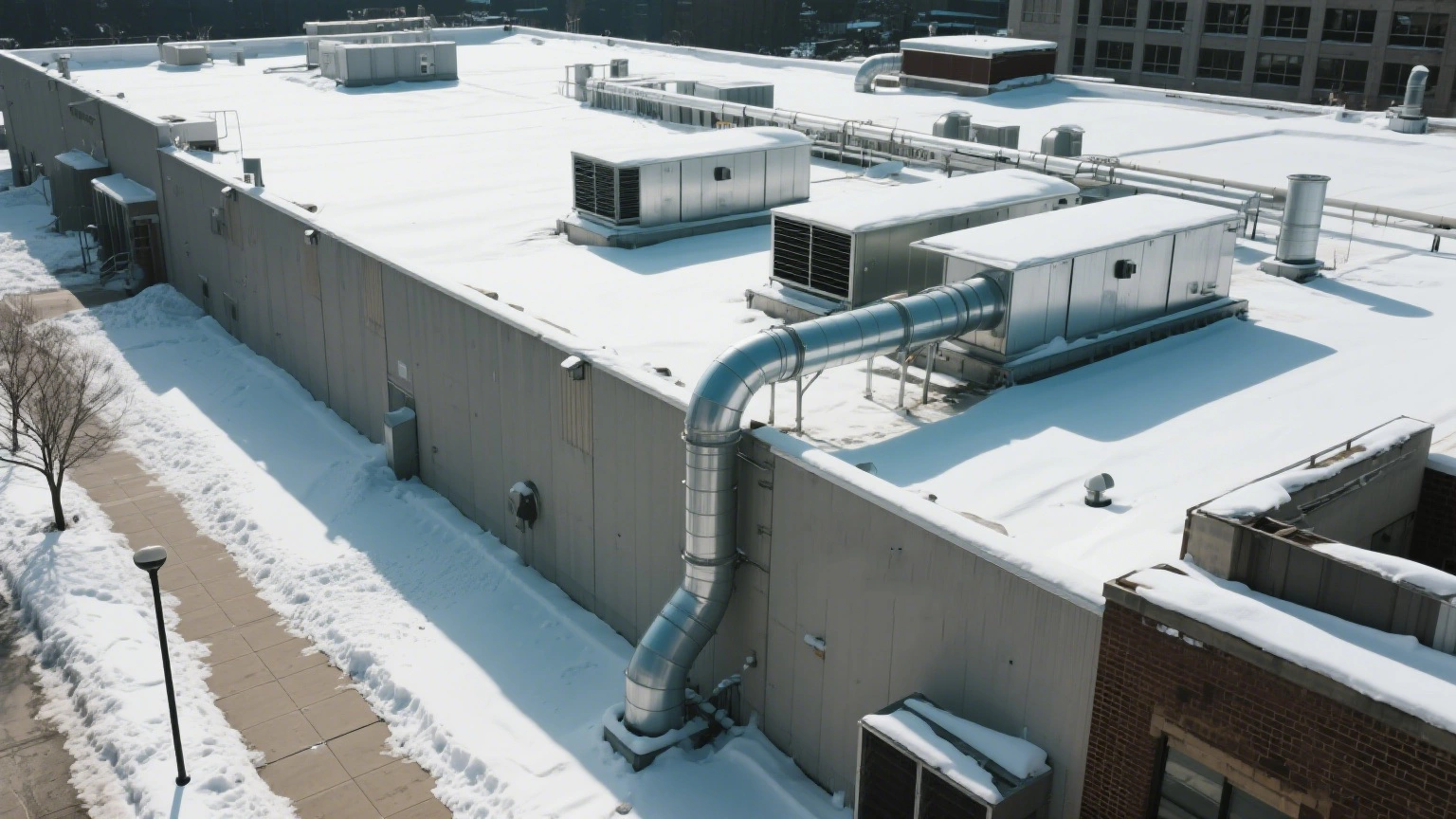
Contributing to Carbon Footprint Reduction
CCHP systems are significant in the reduction of carbon footprints and in assisting buildings to meet the criteria for LEED certification. An example is the Willis Tower in Chicago. In 2019, it got the Platinum LEED certification. It’s quite possible that during its renovation, energy-saving measures including CCHP were put into practice to lower carbon emissions. When buildings with CCHP systems use energy efficiently and cut down on fossil fuel consumption, they can significantly reduce their carbon footprint and consequently get higher LEED ratings.
Other Green Features
In addition to reducing its carbon footprint, Chicago’s CHP system includes various green features that contribute to its LEED certification. For example:
- Solar panels: Used in conjunction with a combined cooling, heating, and power (CCHP) system, they supplement electricity production.
- Energy-efficient lighting: Reduces lighting power consumption.
- Advanced building insulation: Improves building insulation performance, reducing electricity consumption for heating and cooling.
- Water-saving appliances: Helps minimize water usage.
Thanks to these green features, buildings are able to meet various LEED certification standards and heighten their overall sustainability.
Applications for CCHP Systems in Chicago
Commercial Office Buildings
In Chicago, CCHP systems find one of their primary uses in commercial office buildings. The reason is that office buildings require significant amounts of electricity, heating, and cooling. And CCHP systems can supply an integrated energy solution in such a situation. For instance, numerous high-rise office buildings located in downtown Chicago have gained advantages from CCHP technology. As a result, their energy efficiency has been enhanced and operating costs have been reduced.
Hotels
Hotels have tremendous power needs, especially for heating, cooling, and hot water. Virgin Hotels Chicago, which has achieved LEED Gold certification, should consider adopting a CCHP system to further minimize its carbon footprint. A CCHP system can meet the hotel’s energy needs year-round, providing a comfortable environment while lowering electricity consumption.
Shopping Malls
Due to their large floor area and high visitor volume, shopping malls require significant quantities of energy for lighting, air conditioning, and heating. CCHP systems can be integrated into a shopping mall’s energy supply system to achieve efficient energy utilization. For example, some large shopping malls in Chicago are using CCHP systems to ensure a reliable energy supply and limit environmental impact.
Market Trends in CCHP Buildings in Chicago
Rising Sustainability Awareness
With growing environmental consciousness among Chicago residents, more building owners and developers are turning to CCHP systems. The growing demand for LEED-certified buildings is driving the adoption of CCHP technology in commercial buildings. Consumers are increasingly concerned about the environment and prefer buildings with a lower carbon footprint for office, residential, and shopping purposes, additionally fueling the CCHP building market.
Policy Support
The Chicago government is actively promoting the use of renewable energy and lowering carbon emissions. Policies such as streamlining the approval process for solar rooftop installations and providing financial support for clean energy initiatives have positively impacted the development of CCHP buildings. In the future, the government is expected to introduce more policies to motivate the use of CCHP technology in commercial buildings, such as tax incentives and subsidies.
Conclusion
Chicago’s CCHP buildings provide considerable benefits in lowering their carbon footprint and meeting LEED certification requirements. Through the appropriate selection of technologies, these buildings achieve energy savings, cost reductions, and environmental sustainability. With the continued growth of CCHP technology in commercial buildings, hotels, shopping malls, and other sectors, coupled with growing market awareness and policy support for sustainability, the future of CCHP systems in Chicago is poised for an even brighter future.
With increasing interest in energy-efficient solutions and CCHP technology, Chicago’s industrial real estate sector is poised for even greater adoption. To learn more about CCHP systems, visit the HighJoule product page. Join us as we move towards a more sustainable future.
Find Your Solar + Battery Storage Specialist Now!
* Fill out this form and our experts will help you find the perfect solar storage solution for your home or business.




